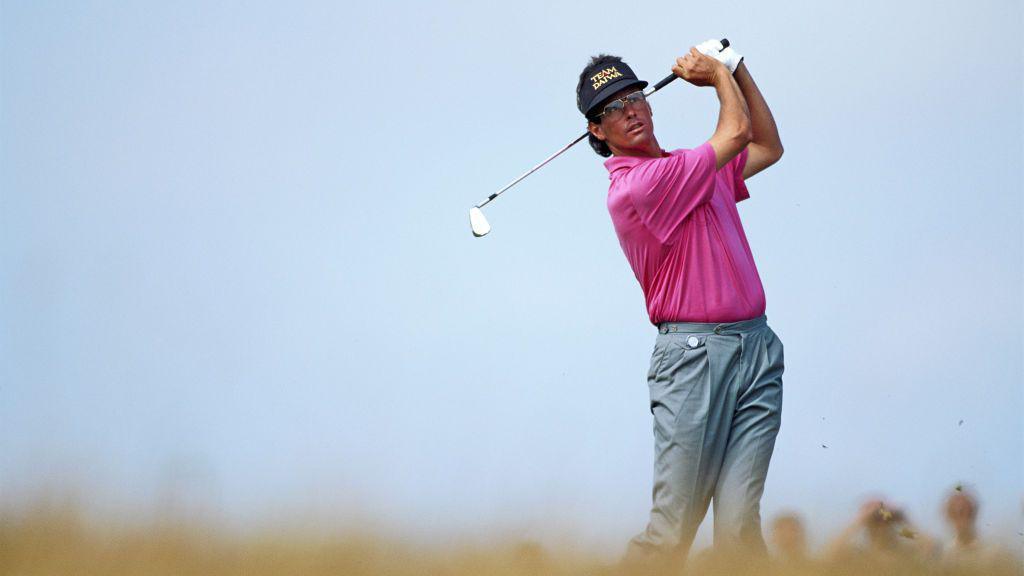What does the cut line mean in golf?
- Published
After two days of most professional golf tournaments, the field of players is cut so only the best-performing players feature in the final two days.
Traditionally, the cut line keeps the best 65-70 players - and anyone tied with those at the bottom of that list - in the tournament for the weekend's action, but the number who make the cut varies between tournaments.
At this year's Masters, for example, just 50 players and ties made the cut.
Until 1985, The Open made cuts after both the second and third round, but has since switched to one cut at the end of the second round.
Making the cut is important in a player's prize money.
At the 2025 Open, all players making the cut will receive a minimum of $37,650 (£28,000), while the best player who does not make the cut receives just $12,350 (£9,200).
Get in touch
Send us your questions
What was the 10-shot rule?

Ian Baker-Finch - the winner of The Open in 1991 - finished 30 shots ahead of Neal Briggs, who finished last of those who made the cut
In previous years, some golf tournaments used a 10-shot rule when it came to making the cut.
The premise was simple - any player who was within 10 shots of the leader at the end of two or three rounds would make the cut.
At the 1991 Open, that meant 113 players made, and the rule has since been abolished.
The latest of golf's four majors to use the 10-shot rule as the cut line was the Masters in 2020.
This article is the latest from BBC Sport's Ask Me Anything team.
What is Ask Me Anything?
Ask Me Anything is a service dedicated to answering your questions.
We want to reward your time by telling you things you do not know and reminding you of things you do.
The team will find out everything you need to know and be able to call upon a network of contacts including our experts and pundits.
We will be answering your questions from the heart of the BBC Sport newsroom, and going behind the scenes at some of the world's biggest sporting events.
Our coverage will span the BBC Sport website, app, social media and YouTube accounts, plus BBC TV and radio.